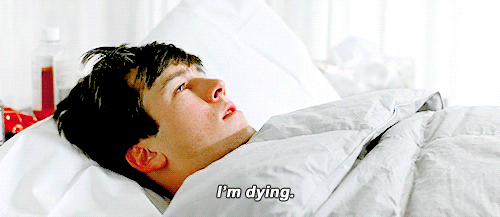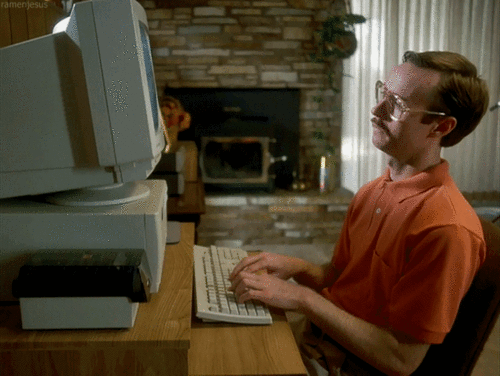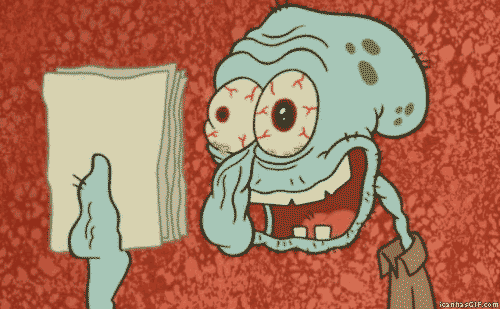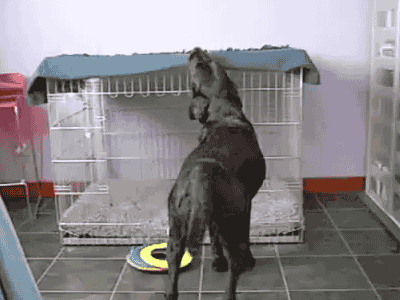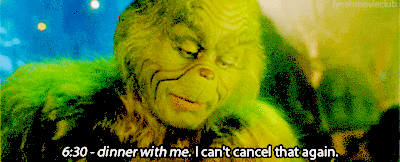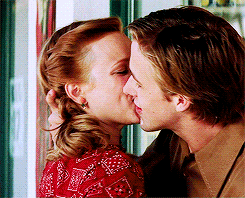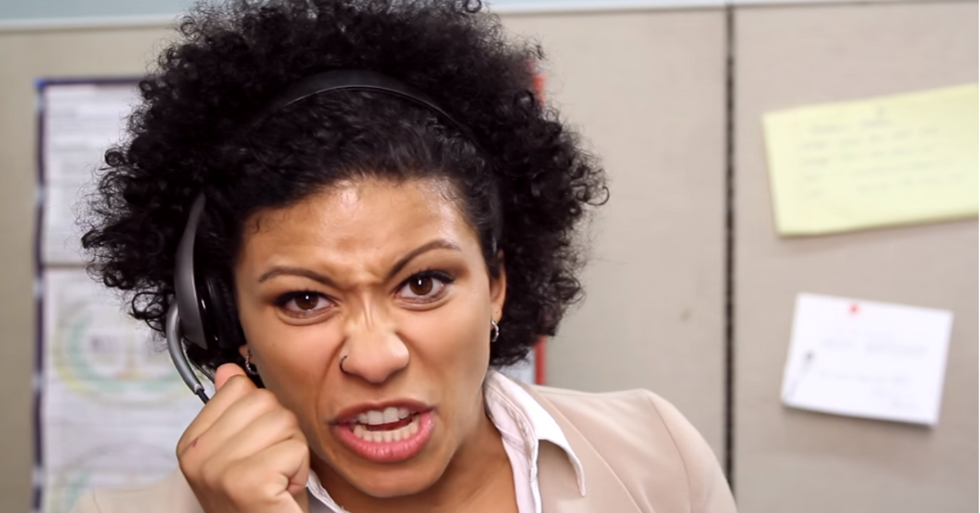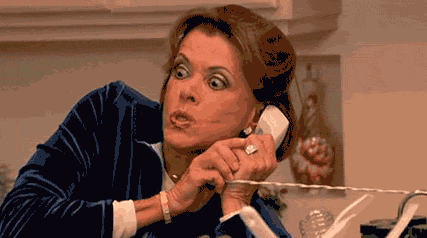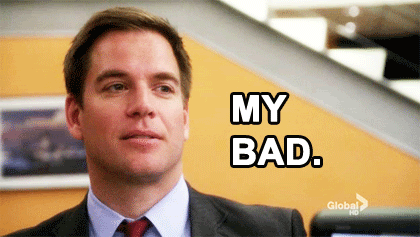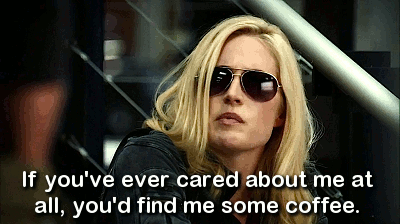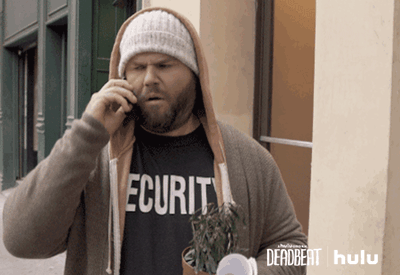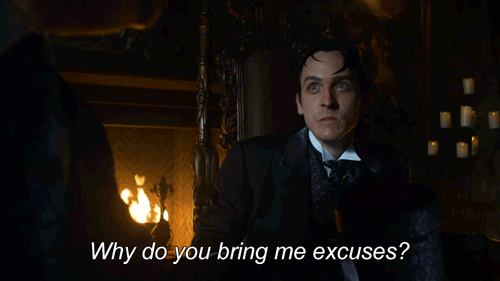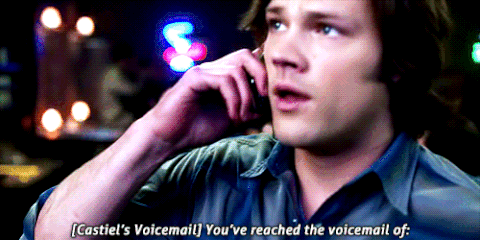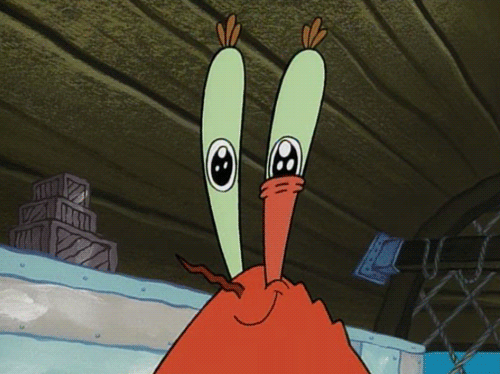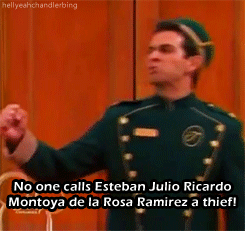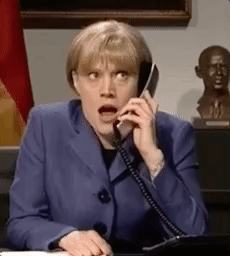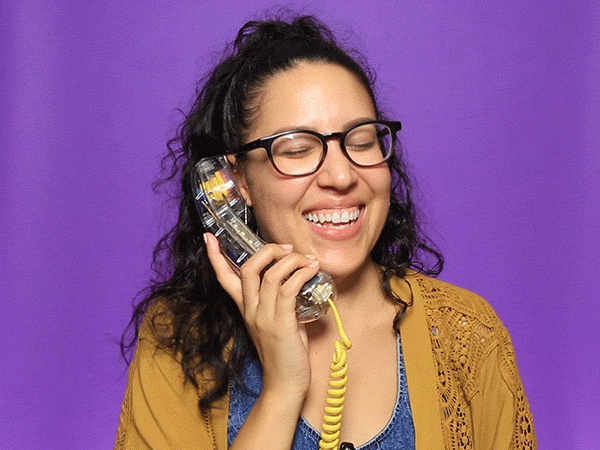The Kalalau Trail sits nestled between the lush, towering cliffs of the Napali Coast and the Pacific Ocean in Kauai, Hawaii. The trail winds along the coastline for an 11-mile stretch, beginning at Ke’e Beach and ending at the remote Kalalau Beach. While the Kalalau Trail is breathtakingly beautiful, it can also leave its hikers imperiled; it is one of the hardest and most dangerous trails in the United States, and it's easy to see why. The trail is tough, narrow, muddy (crumbling in other places), and exposed, and hikers on it experience over 5,000 feet of elevation change. Along with those set risks, when the Napali Coast experiences heavy rain, the trail is even more unrelenting because of its extreme risk for flash floods. During flash floods, the many streams that punctuate the trail become swollen and impassable and have necessitated evacuations and even caused deaths. Even so, the experience and views outstrip the possible dangers. I know this now, personally. My dad and I were airlifted out of Kalalau Beach after my dad injured his knee and could not hike the remaining 11 miles back. Despite this, our hike was extremely rewarding.
My dad and I began hiking at 8AM on August 3rd after a park ranger gave us the clear. (The trail had been closed off because of flooding for two days before.) The first mile was mostly uphill and let out at the coastline, where my dad and I saw our first glimpse of the ocean 500 feet below us.
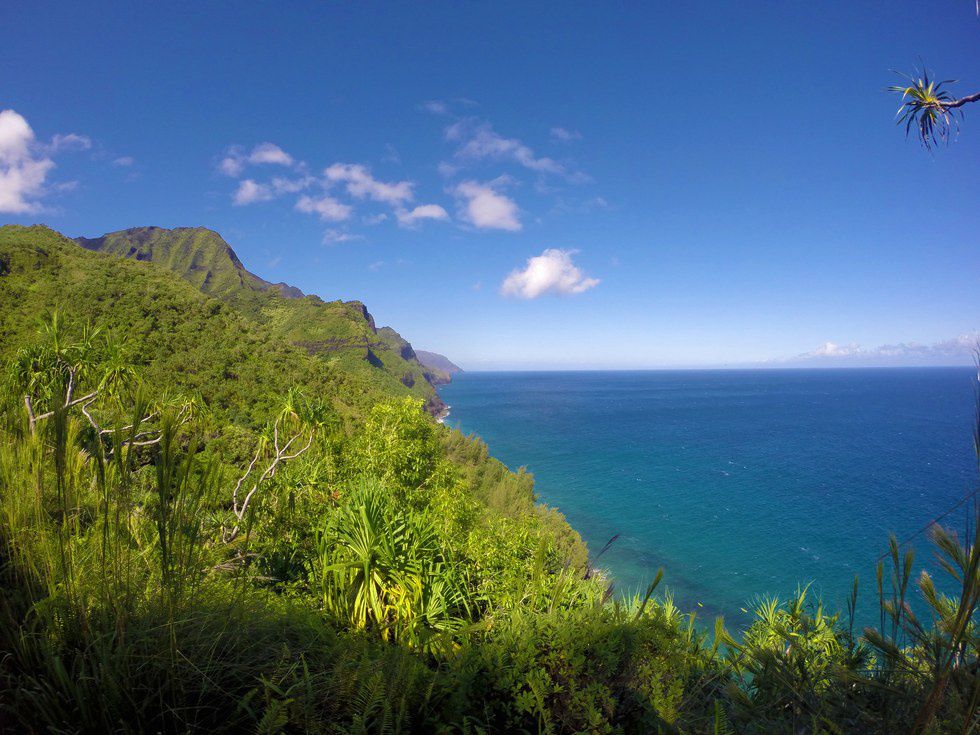
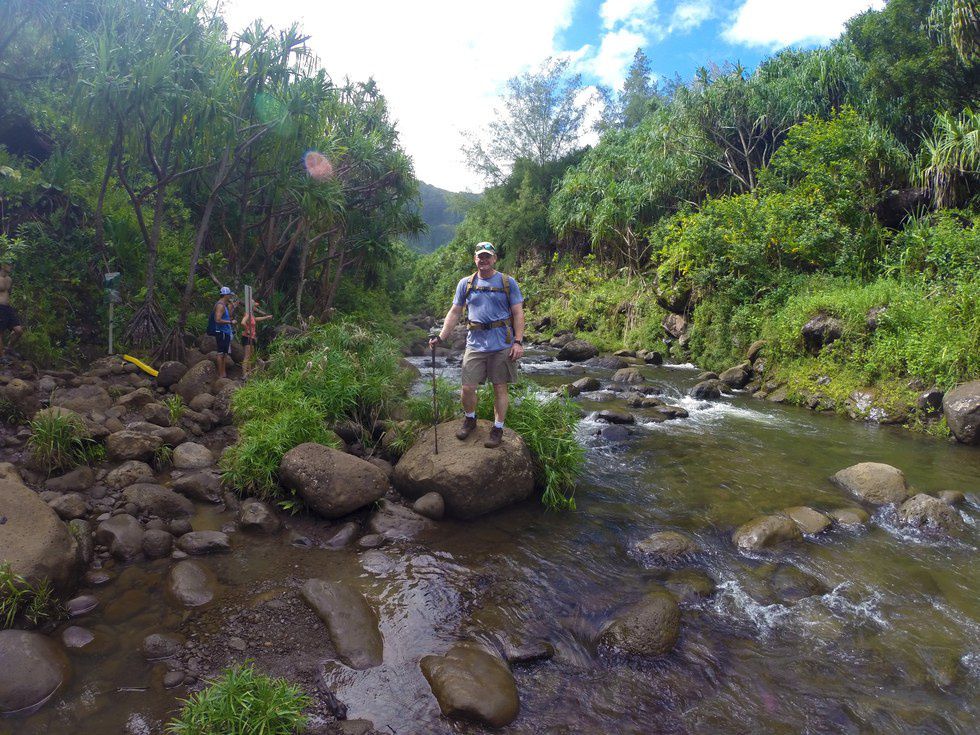


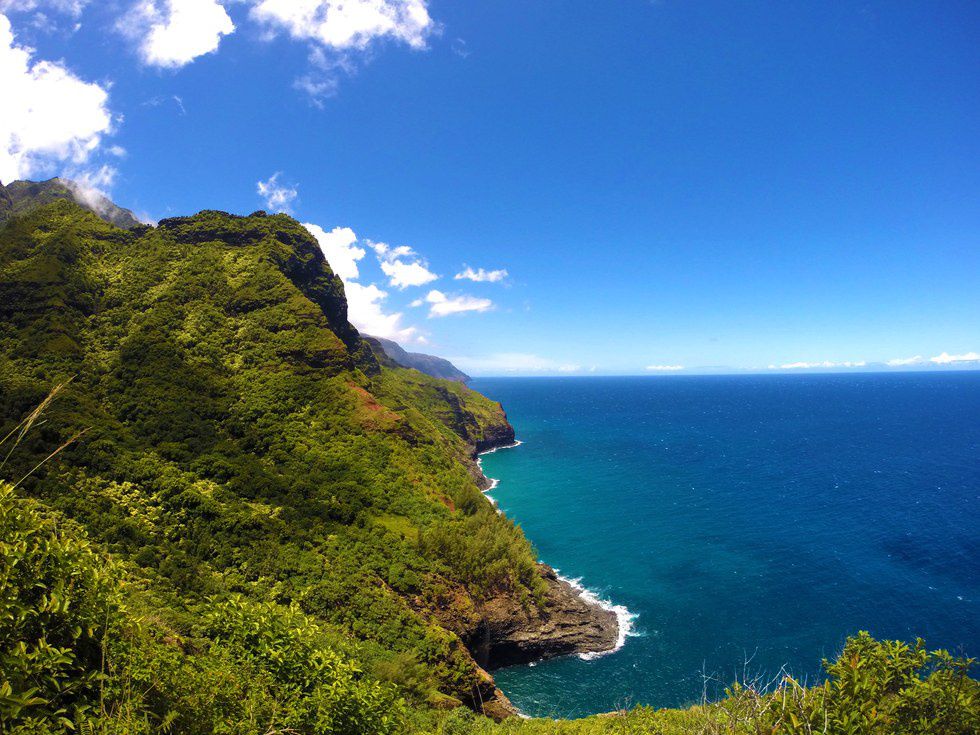

In Hanakoa Valley (6 miles in) lies camping ground. Tired hikers usually stop at mile 6 for an overnight respite from the hike and effectively split the trip up into two days. There, my dad and I took a break and ate some lunch, but only for thirty minutes—the rewards of Kalalau Beach and the panoramic views urged us on.
As we approached the mile 7 marker (or Crawler's Ledge as it is known), I became uneasy. I have an extreme fear of heights and wasn't sure I would be able to hike that part of the trail because it hugs the edge of a cliff. Surprisingly though, mile 7 was one of the easiest parts of the trip. To put it succinctly, too many people mistakenly fixate on this mile of the route. Other parts of the Kalalau Trail are more dangerous, though I will concede that one misstep on Crawler's Ledge would likely spell certain death. However, Crawler's Ledge is only at around 100 feet of elevation, which pales in comparison to other sections of the trail: Some are 700 feet up and also along perilously steep terrain. It was during those less infamous parts that I took the most fraught steps. But make no mistake about it. Hiking Crawler's Ledge is still a feat for those who suffer from acrophobia (a fear of heights), and I am proud of myself for doing it without difficulty.

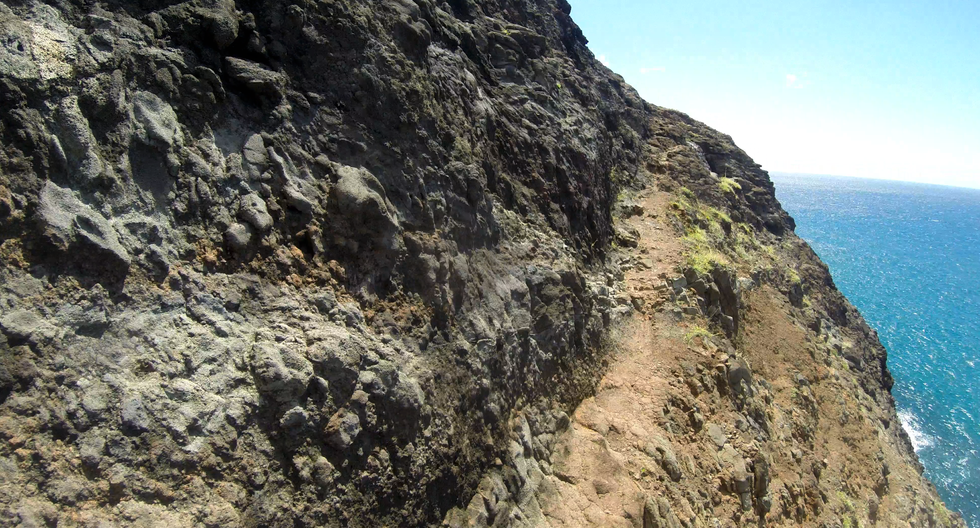
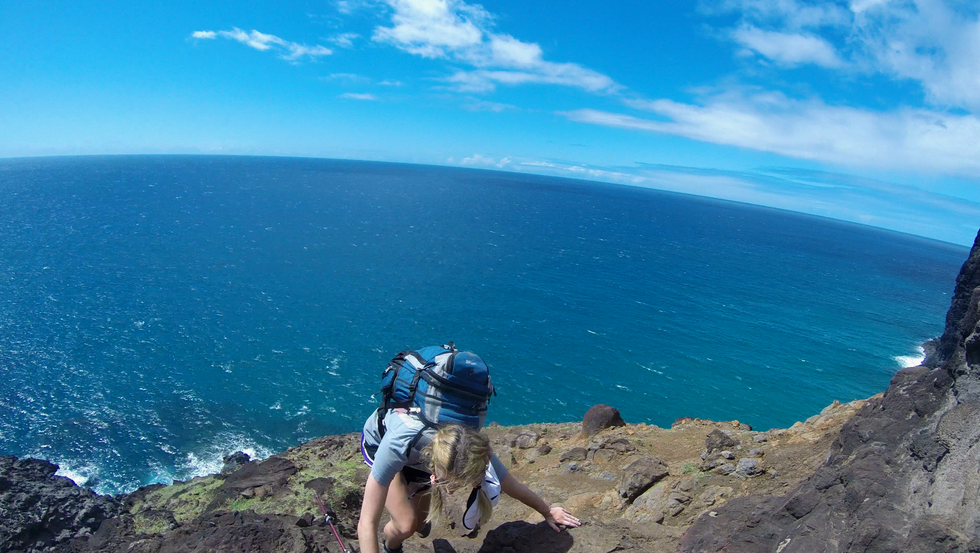
After Crawler's Ledge, the trail is still taxing if you aren't at full energy. Drained from six hours of hiking and fueled only by trail mix bars, my dad and I could not wait to arrive at Kalalau Beach.


Mile 9 and onward on the departing 11-mile hike is less challenging than the parts preceding it. It's mostly all downhill, but the ground still isn't easy on your feet. During the last few miles, I was definitely worn out, but still trekking on and in great condition. My dad, on the other hand, was not doing as well. His knee, which he had gotten surgery on a few years prior to our trip, was beginning to feel the effects of our hike. It was swollen, and the muscles around it were experiencing spasms. Even bending his leg was painful for him. As I hiked unaware of this (he's a trooper and doesn't like to complain), I began to notice him falling behind. Mind you, my dad is in great shape. He's a current CrossFit athlete and former college track athlete. He also runs a few miles every week for fun. His knee simply wasn't holding up.
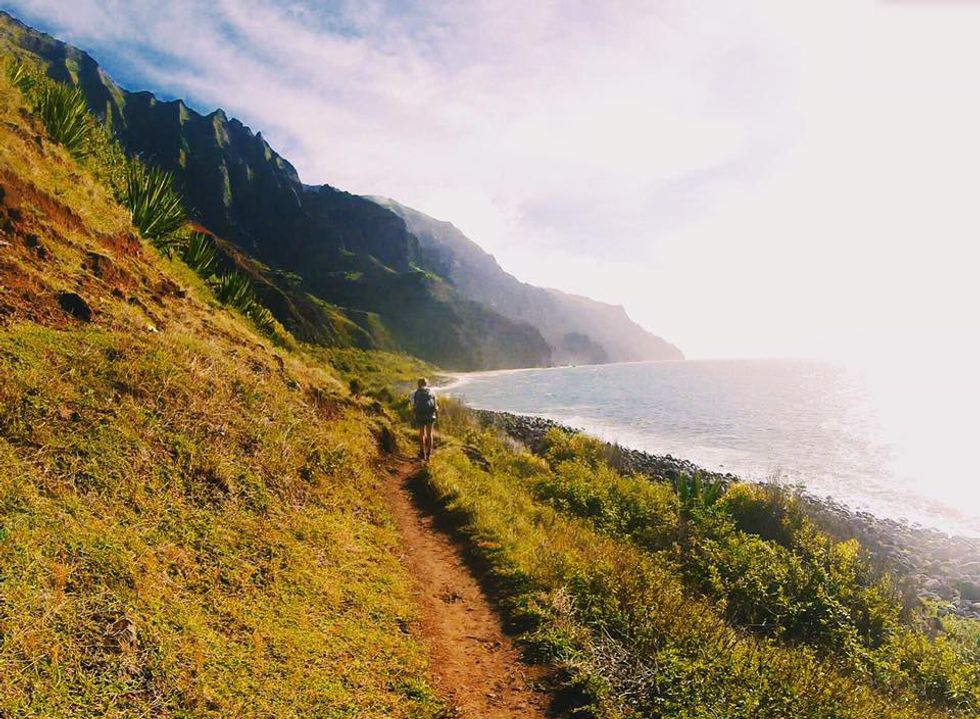
Though we did eventually make it to Kalalau Beach and our campsite, we were definitely slowed down by his injury. So much so, that we decided it would be best if he didn't hike back like we had initially planned the next day. Instead, we discussed an exit strategy that involved something to the effect of hitching a ride on a boat to Princeville like many people do (even though it is admittedly illegal to do so). The flaw in our plan was that we had no insurance. If a boat did not come in the morning to pick hikers up (campers there said a boat came every day to do exactly that), or if people that come to use the beach during the day did not come by boat, we would not be able to leave. We decided to be pragmatic rather than root our plan in wishful thinking.
Fortunately for us, a friend we met along the way brought a satellite-powered device that could send messages. We asked him to send a message to my brother, Cole, in regards to helping us out the next day. We had asked the message to read, "Tired. We're Ok. Knee hurt, need an exit strategy. At Kalalau Beach." My brother, resourceful and crafty as he is, would have probably arranged for a boat to pick us up if he had received that message. Instead, our friend sent a less detailed and unfortunately more urgent message: "Send help in morning. NEED exit Kalalau Beach."
The only response we received was, "9:00AM."
As 9:00AM rolled around, we sat waiting. We still did not entertain the thought of hiking back: My dad's knee was swollen unabated, and we knew Cole had sent some form of help for us. My dad and I made bets on how Cole was planning to "rescue" us. I thought he was going to rent a jet ski or boat; my dad thought he asked a boat tour for help. Little did we know, he had called 911 and ordered us to be airlifted out of the beach by the fire department, horrified by the misleading message. Both he and my mom feared the worst.
My dad and I were greeted the following morning by the deafening whirring of helicopter blades before being promptly flown out to a Princeville airport, where my mom and brother waited for us fearfully.
The rescue crew eyed us suspiciously for not being actually injured and reproached us for reaching out in less than dire circumstances, but everyone was relieved. Too often, hikers are airlifted out of the trail for serious injuries. My mother and Cole were especially grateful.
Our trip ended in slight chaos, but it was filled with indelible victories and rewards. I live for adventure and enjoyed my time on the trail, even if it wasn't completely idyllic. I would hike Kalalau again in a heartbeat. The Napali Coast is pristine—untouched and uncorrupted by resorts and hotels— and is home to some of the best camping spots in the United States. I only wish I had been able to stay longer and finish the 22-mile roundtrip hike.
"If you think adventure is dangerous, try routine. It's lethal." - Paulo Coelho






